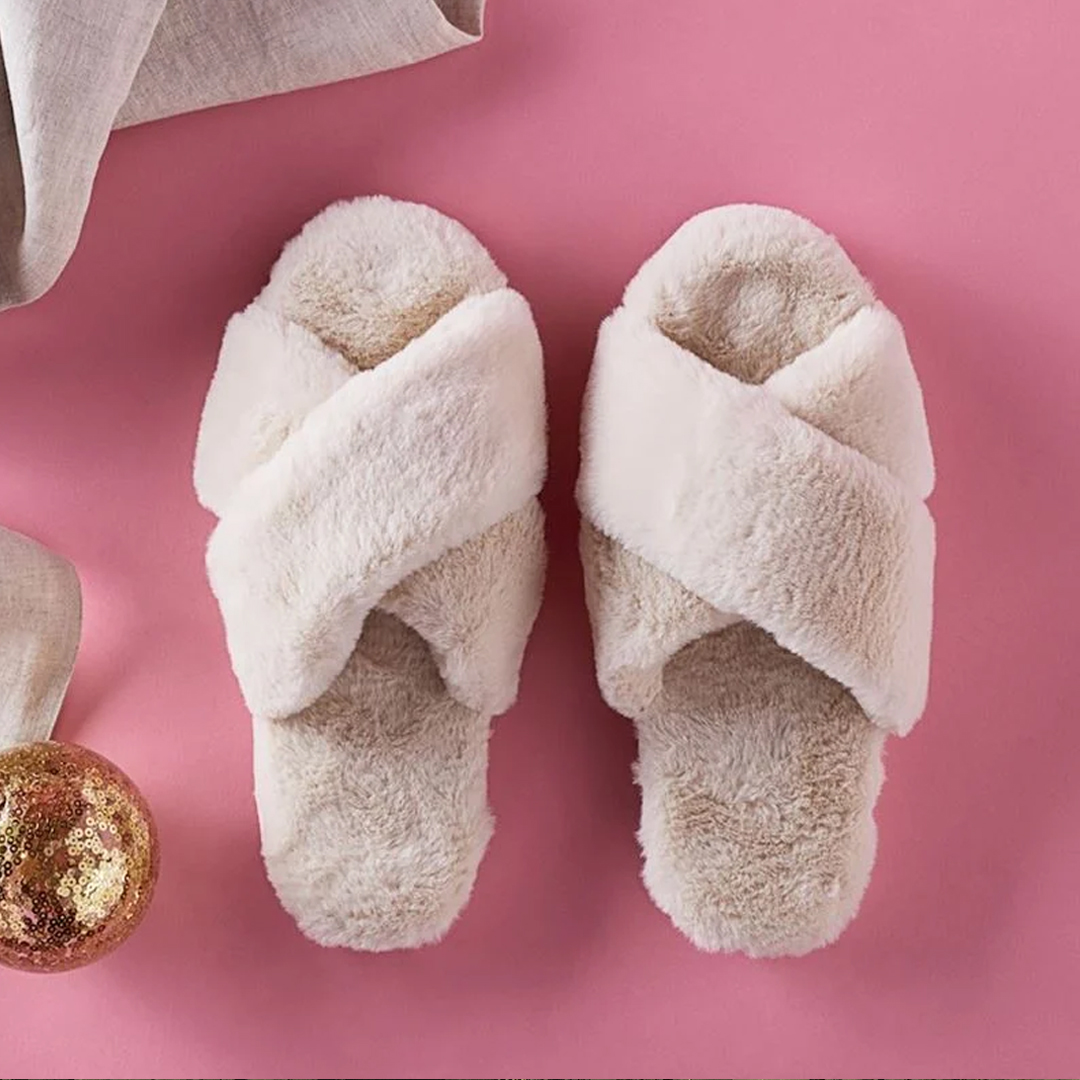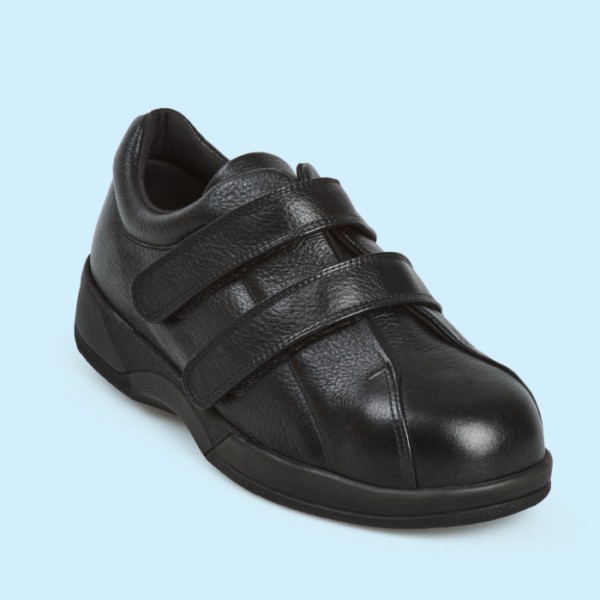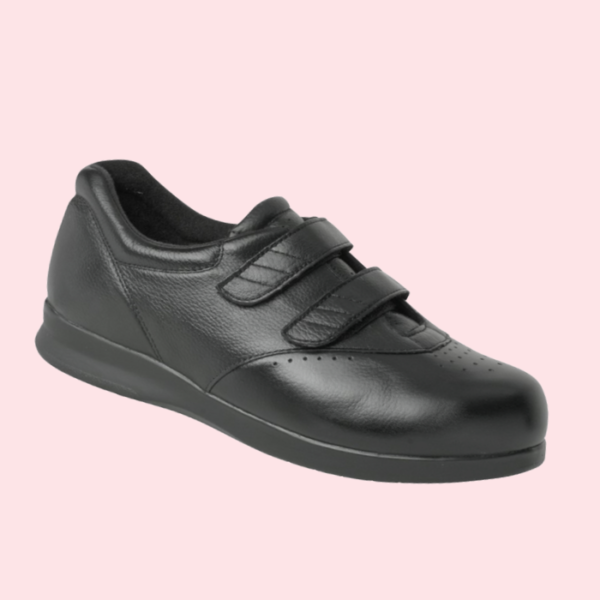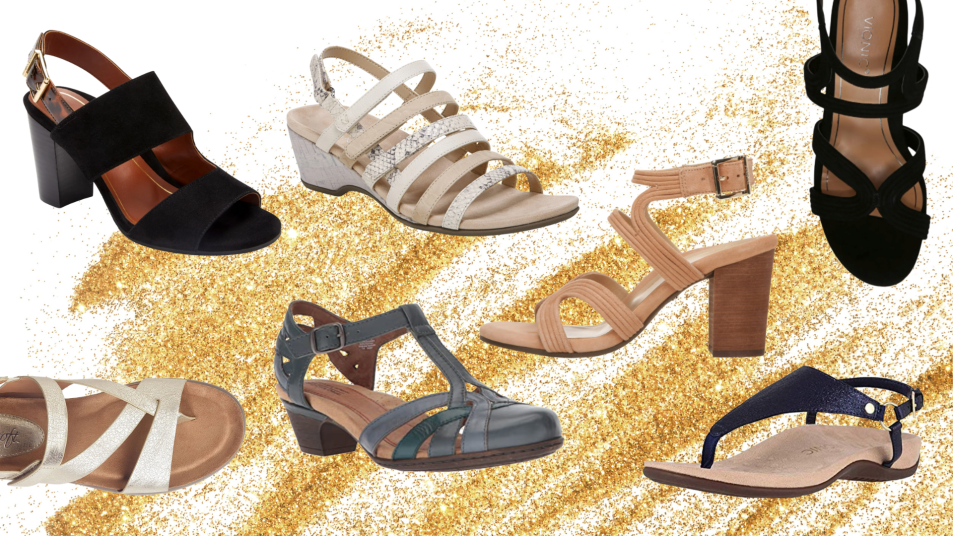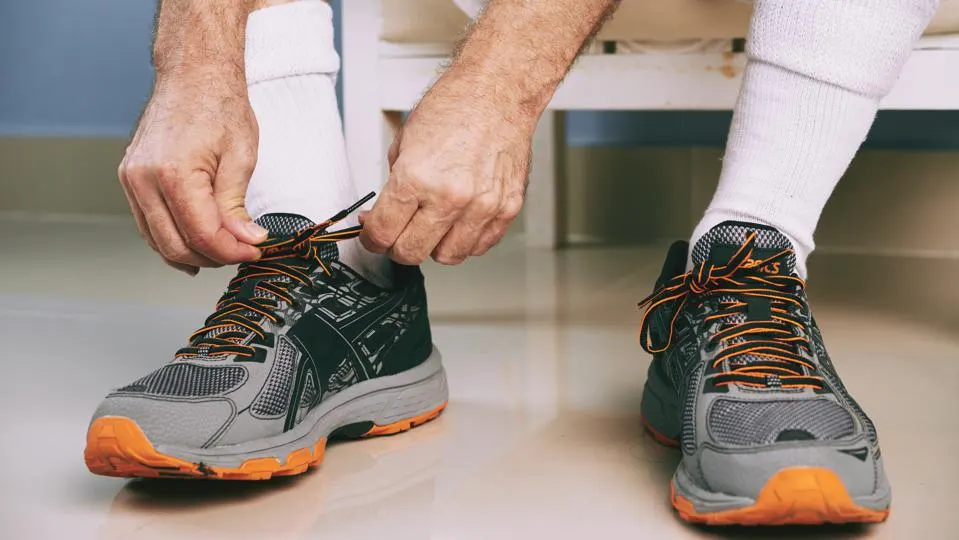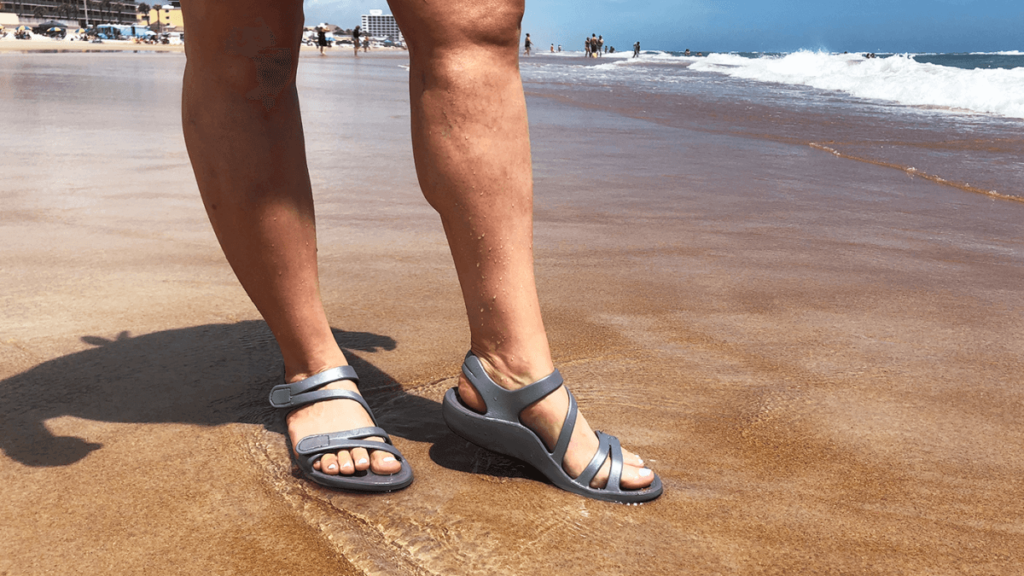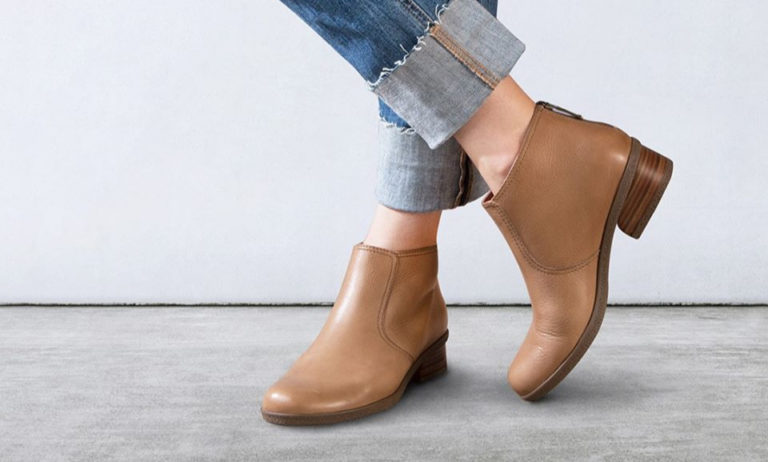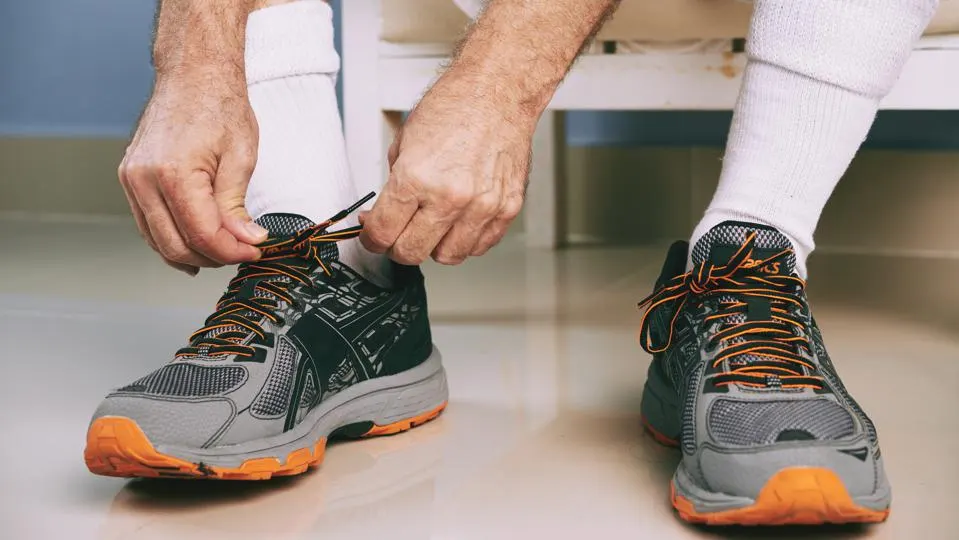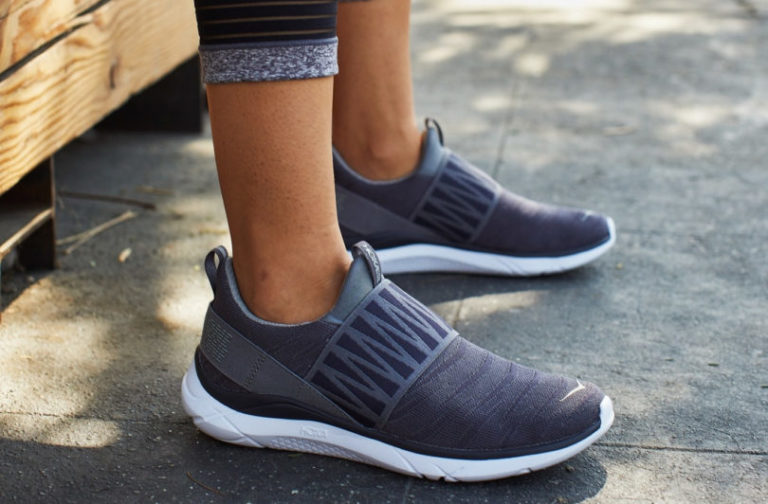Plantar fasciitis is a common foot condition that causes pain and discomfort in the heel and bottom of the foot. If you’re one of the millions of people suffering from this condition, finding the right footwear can make a significant difference in managing symptoms and promoting healing. In this comprehensive guide, we will explore the essential aspects to consider when purchasing footwear for plantar fasciitis and provide valuable insights on how to effectively treat and alleviate this condition.
Ultimate Guide to Footwear for Plantar Fasciitis: Choosing the Right Shoes and Healing Strategies
If you’re experiencing pain and discomfort in your heel and the bottom of your foot, it’s possible that you may be suffering from plantar fasciitis. This condition is a common problem that affects millions of people, causing discomfort and making it challenging to complete daily activities. However, with the right footwear for plantar fasciitis, you can manage symptoms and promote healing. In this guide, we’ll walk you through the essential factors to consider when selecting footwear to correct plantar fasciitis, as well as some healing strategies to help you get back on your feet in no time.
Understanding Plantar Fasciitis
Plantar fasciitis is a common foot condition that affects the plantar fascia, which is the thick band of tissue that runs across the bottom of your foot. The plantar fascia connects the heel bone to the toes and plays an essential role in supporting the arch of your foot.
Plantar fasciitis typically causes a stabbing pain in the heel or bottom of the foot, especially when taking the first steps after sitting or sleeping. The pain may worsen with prolonged standing or physical activity, and can sometimes lead to a chronic condition if left untreated.
The causes of plantar fasciitis can vary, but some of the most common factors include repetitive strain on the plantar fascia, such as excessive running or standing for long periods of time. Other factors that can contribute to plantar fasciitis include obesity, tight calf muscles, flat feet, and improper footwear.
It’s essential to seek treatment for plantar fasciitis, as it can significantly impact your daily life and activities. With the right strategies and proper footwear, it’s possible to manage symptoms and promote healing. In the next sections, we’ll dive into the importance of footwear and strategies for healing plantar fasciitis.
Symptoms and Causes of Plantar Fasciitis
Plantar fasciitis is a common foot condition that affects millions of people every year. It’s caused by inflammation of the plantar fascia, a thick band of tissue that runs from the heel to the toes. This inflammation can result in pain, stiffness, and discomfort in the heel and bottom of the foot.
The symptoms of plantar fasciitis can vary in severity, but they typically include:
- Pain in the heel or bottom of the foot, particularly after extended periods of standing, walking, or running.
- Stiffness and tenderness in the foot, particularly in the morning.
- A burning or achy sensation in the foot, especially in the arch or heel area.
- Swelling or redness in the affected area.
Plantar fasciitis can be caused by a number of factors, including:
- Overuse or repetitive strain on the foot, which can result in micro-tears in the plantar fascia.
- Foot arch problems or abnormalities, such as high arches or flat feet, that can place extra strain on the plantar fascia.
- Obesity or weight gain, which can put extra pressure on the feet.
- Wearing improper or ill-fitting footwear, which can lead to an uneven distribution of weight and pressure on the foot.
It’s important to seek medical attention if you suspect you have plantar fasciitis, as early treatment can prevent the condition from worsening. In the next section, we’ll explore how the right footwear can make a significant difference in managing plantar fasciitis symptoms.
Importance of Footwear for Plantar Fasciitis
One of the most crucial factors in managing plantar fasciitis is choosing the right footwear. The wrong shoes can worsen your condition, exacerbating the pain and discomfort you feel every time you take a step. On the other hand, selecting the right shoes can provide the much-needed support and cushioning your feet need to heal.
Good footwear for plantar fasciitis should be comfortable, supportive, and cushioned. The shoes should be designed to provide arch support and stability to prevent the foot from rolling inward, which can aggravate the condition. A supportive heel counter can also help by stabilizing the heel and reducing pressure on the plantar fascia.
In addition to proper support and cushioning, footwear for plantar fasciitis should also have a wide toe box to provide ample room for your toes to move and reduce the pressure on your toes. Shoes with breathable materials and moisture-wicking technology are also beneficial as they keep your feet cool and dry, preventing the accumulation of bacteria that can worsen foot odor and infection.
Keep in mind that the right footwear can help prevent future injuries and flare-ups. By investing in shoes that provide adequate support and cushioning, you’re giving your feet the care they need to remain healthy and free from pain. Take the time to research the best shoes for plantar fasciitis, and don’t hesitate to consult with a healthcare professional to ensure you’re making the right choice.
Features to Look for in Shoes for Plantar Fasciitis
When searching for footwear to help manage your plantar fasciitis symptoms, there are a few key features to look for in order to find the most supportive and comfortable shoe.
1. Arch Support
Proper arch support is essential for those with plantar fasciitis as it helps distribute weight evenly across the foot, reducing stress on the plantar fascia. Look for shoes with built-in arch support or consider using orthotics for added support.
2. Cushioning
Adequate cushioning in the heel and midfoot can help absorb shock and reduce pressure on the foot, making it an important feature in footwear for plantar fasciitis.
3. Firm Heel Counter
The heel counter is the part of the shoe that provides support and structure around the heel. A firm heel counter can help stabilize the foot and reduce excessive pronation (rolling inward of the foot), which can aggravate plantar fasciitis.
4. Deep Heel Cup
A deep heel cup can help cradle the heel and provide extra stability, reducing stress on the plantar fascia.
5. Lightweight and Flexible
Shoes that are lightweight and flexible allow for natural movement and can reduce strain on the foot, making them ideal for those with plantar fasciitis.
By paying attention to these key features, you can select shoes that will support your foot, help reduce pain and inflammation, and promote healing of the plantar fascia. It’s also important to remember to replace your shoes regularly as worn-out shoes can exacerbate plantar fasciitis symptoms.
Best Footwear Brands for Plantar Fasciitis
When it comes to finding the best footwear for plantar fasciitis, there are several brands that stand out for their focus on comfort and support. Here are some of the top brands to consider:
1. MediComf Shoes
This brand offers a wide range of sneakers and walking shoes that are designed to provide ample cushioning and support for people with plantar fasciitis.
2. Vionic
Vionic shoes are specifically designed to provide relief for common foot conditions like plantar fasciitis. Their shoes feature built-in orthotics and cushioned soles that help to distribute pressure evenly across the foot.
3. ASICS
Known for their running shoes, ASICS also offers a selection of walking and cross-training shoes that provide ample arch support and cushioning for people with plantar fasciitis.
4. Brooks
Brooks shoes are designed with a focus on stability and support, which makes them a great choice for people with plantar fasciitis. Their shoes feature high-quality materials and advanced technologies to help prevent injuries and reduce pain.
5. Saucony
Saucony shoes are designed with a focus on cushioning and comfort, which makes them a great choice for people with plantar fasciitis. Their shoes feature a range of advanced technologies to help reduce pressure on the feet and promote natural movement.
Overall, it’s important to remember that every person’s needs and preferences are different, so it may take some trial and error to find the perfect footwear for your specific case of plantar fasciitis. However, by considering these top brands and their unique features, you can narrow down your options and find a pair of shoes that will help to alleviate your symptoms and promote healing.
Strategies for Healing Plantar Fasciitis with Footwear
When it comes to managing plantar fasciitis symptoms, finding the right footwear is essential. Here are some strategies for healing plantar fasciitis with the right shoes:
- Arch Support: Shoes with proper arch support can help distribute your weight evenly and relieve pressure on your heel and arch.
- Cushioning: Look for shoes that offer ample cushioning to reduce the impact on your feet when you walk or run.
- Stability: Shoes with a stable base can help reduce the risk of rolling your foot, which can further aggravate your plantar fasciitis.
- Proper Fit: It’s crucial to choose shoes that fit properly to avoid putting unnecessary stress on your feet. Make sure the shoes provide ample support and room for your toes.
- Custom Orthotics: If you have severe plantar fasciitis, custom orthotics can be beneficial. They can help support your feet in a way that promotes proper alignment and reduces strain on your plantar fascia.
- Stretching: Footwear alone may not be enough to fully heal plantar fasciitis. It’s essential to stretch regularly to improve flexibility in your feet and reduce the risk of future injuries.
In addition to the strategies above, you should also consider resting your feet and avoiding high-impact activities while you recover from plantar fasciitis. Over time, with the right footwear and proper care, your symptoms should improve, and you can resume your normal activities.
Other Ways to Manage Plantar Fasciitis Symptoms
While choosing the right footwear is essential in managing Plantar Fasciitis symptoms, there are other ways to alleviate discomfort and promote healing. Here are some strategies to consider:
- Stretching Exercises: Stretching exercises can help alleviate tightness and pain in the plantar fascia. Regular stretching exercises can help prevent further injury and speed up the healing process.
- Physical Therapy: Physical therapy can help relieve pain and strengthen the foot muscles. Your therapist may use various techniques such as ultrasound, massage, or cold therapy to alleviate symptoms.
- Ice and Heat Therapy: Applying ice or heat to the affected area can help reduce inflammation and pain. Ice is particularly helpful in reducing inflammation, while heat therapy can help relieve muscle tightness.
- Rest: Resting your feet can help alleviate pain and reduce the risk of further injury. Avoid high-impact activities and take breaks when standing or walking for long periods.
- Anti-inflammatory Medication: Over-the-counter pain relievers such as ibuprofen or aspirin can help reduce inflammation and relieve pain.
Remember that each individual case of Plantar Fasciitis is different, and it may take time to find the best combination of strategies to manage your symptoms effectively. With the right treatment and footwear, most people with Plantar Fasciitis can find relief from their symptoms and return to their normal activities.
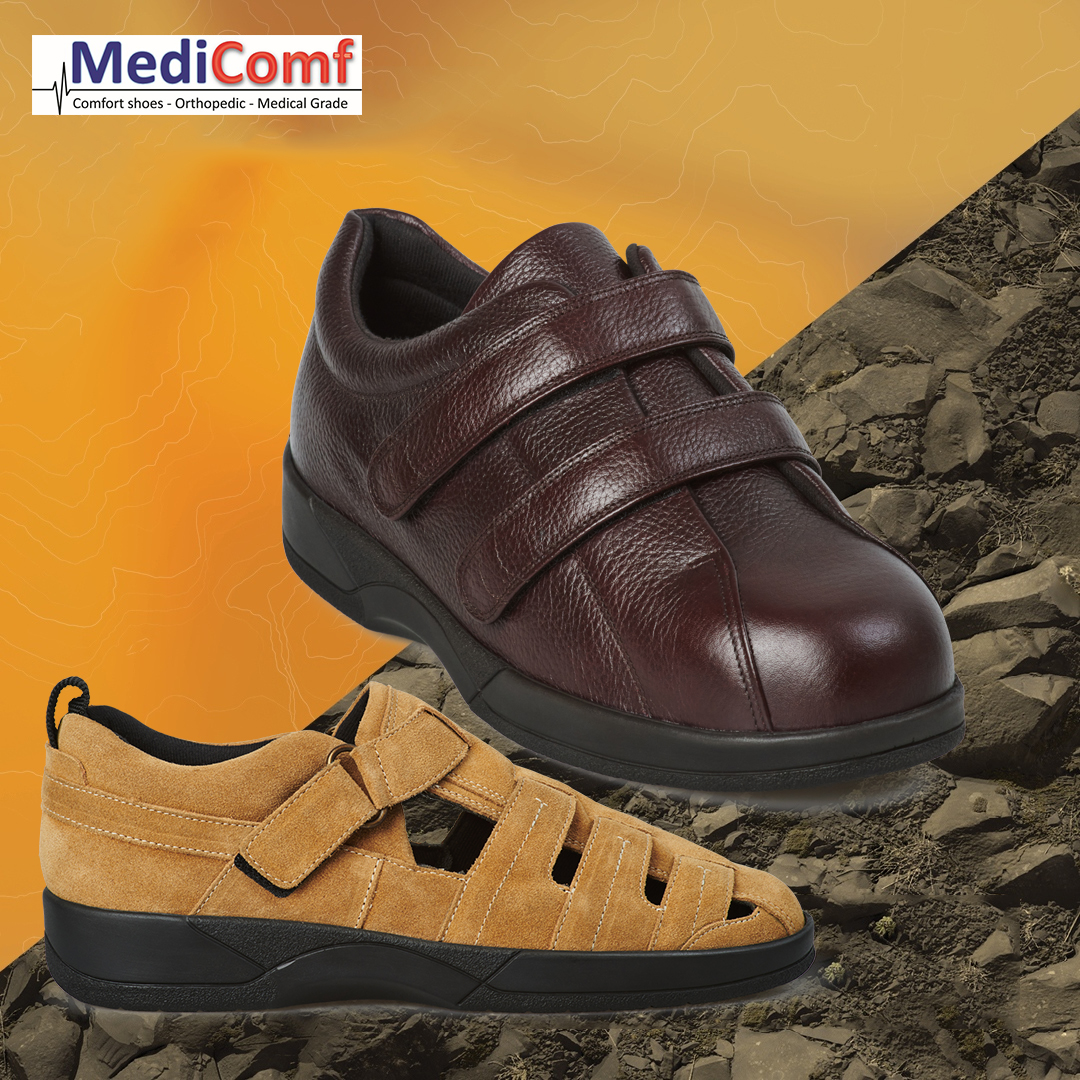
Shoes
